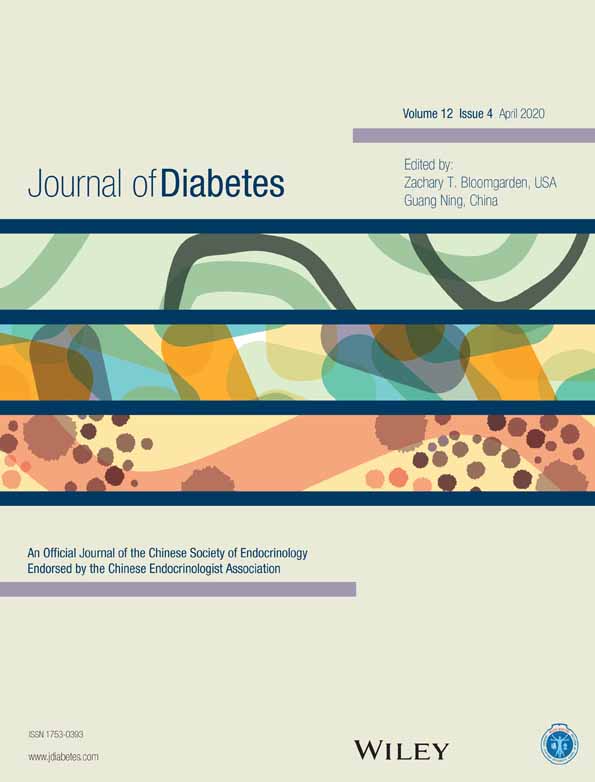Metabolic syndrome and semen quality in adult population
代成年男性人群中代谢症候群与精液品质的关系
Abstract
enBackground
Male obesity is suggested to impact negatively on male fertility and semen quality in numerous studies. However, previous literatures regarding health effects of the metabolic syndrome (MetS) on semen quality are rare and inconsistent. The aim of this study is to investigate the relationship between MetS and sperm parameters in a Taiwanese reproductive-age male population.
Methods
A total of 8395 men who attended a private medical screening program in Taiwan from 2010 to 2016 were included in this cross-sectional study. Semen analysis was assessed in accordance with the WHO guidelines and included sperm concentration, total motility, progressive motility, and morphology. MetS was defined by the modified National Cholesterol Education Program Third Adult Treatment Panel (NCEP ATP III) criteria with the Asian cutoff for waist circumference (WC). The associations between MetS and semen analysis were examined by multivariable linear regressions.
Results
After fully adjusting for pertinent covariables, MetS was significantly associated with a reduced percentage of sperm normal morphology. Blood pressure, WC, and serum glucose had a significantly negative association with sperm normal morphology. Individuals with an increased number of MetS components had a closer association with reduced sperm progressive motility and the percentage of normal morphology.
Conclusion
MetS and its components exhibited deleterious effects on semen quality among reproductive-age men. Further studies are warranted to explore these pathophysiologic relationship and underlying mechanisms.
摘要
zh背景
许多文献指出肥胖对于男性生殖能力及精液的品质有负面影响, 然而, 有关代谢症候群对于精子品质影响的研究结果有限且不一致。本研究旨在在台湾生育年龄的男性人群中探讨代谢症候群与男性精液品质的相关性。
方法
2010-2016年期间于一家健检中心接受健康检查的8395名男性的资料纳入这横断面研究。根据国际卫生组织准则进行精子品质的分析, 包括浓度、总活动力、前进运动和正常精虫型态。代谢症候群的诊断根据美国国家胆固醇教育发表的胆固醇治疗方案(National Cholesterol Education Program Third Adult Treatment Panel)以及亚洲腰围修正版本的定义。利用多元线性回归分析代谢症候群与男性精液品质的相关性。
结果
校正所有相关的协变量后, 发现代谢症候群与精液品质的正常精虫型态呈现负相关。血压、腰围及血糖与正常精虫型态也呈现负相关。有较多的代谢症候群危险因子的个体有较差的精虫前进运动及正常精虫型态。
结论
在生育年龄的男性人群中, 代谢症候群可能减少精液中精虫正常型态比例, 影响男性精液品质, 未来仍需要更多的研究, 针对可能的病理生理机制进一步的探讨。
CONFLICT OF INTEREST
None declared.




